The R&A, USGA issue statement addressing Tiger Woods Ruling at 2013 US Masters
The R&A and the United States Golf Association (USGA), golf's governing bodies, have released the following statement to provide guidance to players and Rules officials on the Rules decision involving Tiger Woods at the 2013 Masters Tournament
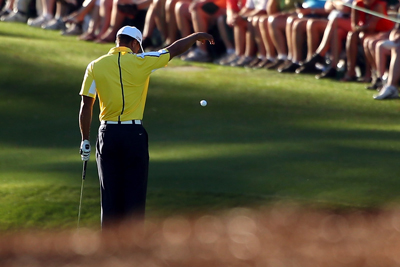

The R&A and the United States Golf Association (USGA), golf's governing bodies, today released the following statement to provide guidance to players and Rules officials on the Rules decision involving Tiger Woods at the 2013 Masters Tournament.
During the second round, Tiger Woods played his third stroke from the fairway of the 15th hole to the putting green, where his ball struck the flagstick and deflected into the water hazard in front of the green. He elected to take stroke-and-distance relief under Rule 26-1a, incurring a one-stroke penalty (his fourth stroke on the hole). He then dropped and played a ball to the putting green (his fifth stroke), and holed his putt. After finishing his round, he signed and returned his score card, recording a score of 6 for the 15th hole.
Before Woods returned his score card, the Masters Tournament Committee had received an inquiry from a television viewer questioning whether Woods had dropped his ball in a wrong place. After reviewing the available video, but without talking with Woods, the Committee ruled that he had complied with Rule 26-1a and that no penalty had been incurred. The following morning, after additional questions had been raised about the incident in a Woods television interview, the Committee talked with Woods, reviewed the video with him and reversed its decision, ruling that he had incurred a two-stroke penalty for dropping in and playing from a wrong place in breach of Rules 26-1a and 20-7c.
This also meant that, in returning his score card the previous day, Woods had breached Rule 6-6d by returning a score (6) for the 15th hole that was lower than his actual score (8). The penalty for such a breach of Rule 6-6d is disqualification. Under Rule 33-7 ("Disqualification Penalty; Committee Discretion"), a Committee has discretion to waive that penalty in "exceptional individual cases." As discussed below, the Committee elected to invoke that discretion and waived Woods' penalty of disqualification.
Explanation of the Rulings
This situation raised two questions of interpretation under the Rules of Golf.
1. The Ruling that Woods Dropped in and Played from a Wrong Place
Get the Golf Monthly Newsletter
Subscribe to the Golf Monthly newsletter to stay up to date with all the latest tour news, equipment news, reviews, head-to-heads and buyer’s guides from our team of experienced experts.
The first question was whether, after taking relief, Woods played his next stroke in accordance with the Rules. The Masters Tournament Committee ultimately answered no and imposed a two-stroke penalty because Woods did not drop and play a ball "as nearly as possible at the spot from which the original ball was last played," as required under Rule 26-1a. The Rules do not define "as nearly as possible" in terms of a specific measured distance, because the conditions unique to each situation can affect how near to the original spot it is possible to drop a ball and because dropping a ball is an imprecise act. But in this type of situation, in which that original spot was clearly identifiable as being just behind the back edge of the divot hole created by Woods' previous stroke and in which there were no other unusual circumstances, "as nearly as possible" means that the player must attempt to drop the ball on or next to (but not nearer the hole than) that spot. Woods did not do so. In his post-round media comments, he stated that he dropped the ball about two yards behind that divot hole. Although the precise distance away was not determined, he clearly dropped the ball a significant distance away from that spot and did not satisfy the "as nearly as possible" requirement in these circumstances. As a result, he was penalised two strokes for dropping in and playing from a wrong place.
2. The Decision to Waive the Penalty of Disqualification
The second question was whether the Committee was permitted to waive the penalty of disqualification that otherwise applied to Woods under Rule 6-6d, which provides that a competitor "is responsible for the correctness of the score recorded for each hole on his score card. If he returns a score for any hole lower than actually taken, he is disqualified." For nearly 60 years, the Rules have provided Committees with limited discretion to waive a disqualification penalty. Under Rule 33-7, "[a] penalty of disqualification may in exceptional individual cases be waived, modified or imposed if the Committee considers such action warranted."
Such discretion is not intended to protect a competitor from the consequences of his erroneous application of the Rules. The fact that Woods, when he returned his score card, was not aware that he had incurred a two-stroke penalty on the 15th hole was not a basis to waive disqualification under Rule 33-7. Moreover, contrary to what some have suggested, the decision of the Committee to waive the disqualification penalty for Woods was not and could not have been based on Decision 33-7/4.5, a 2011 Decision that permits waiver of disqualification where "the competitor could not reasonably have known or discovered the facts resulting in his breach of the Rules." That extremely narrow exception, which relates generally to use of high-definition or slow-motion video to identify facts not reasonably visible to the naked eye, was not applicable here and had no bearing on the Committee's decision. Woods was aware of the only relevant fact: the location of the spot from which he last played his ball. His two-stroke penalty resulted from an erroneous application of the Rules, which he was responsible for knowing and applying correctly. Viewing the incident solely from the standpoint of Woods' actions, there was no basis to waive the penalty of disqualification under Rule 6-6d.
However, the Masters Tournament Committee did not base its exercise of discretion under Rule 33-7 on any circumstances specific to Woods' knowledge, but rather on the consequences of the Committee's own actions. Before Woods had returned his score card for the second round, the Committee had received an inquiry from a television viewer questioning whether Woods, in taking relief under Rule 26-1a at the 15th hole, had dropped his ball sufficiently close to the spot from which he had played his original ball. The Committee promptly reviewed an available video and determined that Woods had dropped and played correctly under Rule 26-1a and therefore had not incurred a penalty. The Committee did not talk with Woods before making this ruling or inform him of the ruling. Woods therefore signed and returned his score card without knowledge of the Committee's ruling or the questions about his drop on the 15th hole. The following morning, after additional questions had been raised about the incident in a television interview, the Committee discussed the incident with Woods, reviewed the video with him and reversed its decision, ruling that Woods had dropped in and played from a wrong place.
In deciding to waive the disqualification penalty, the Committee recognised that had it talked to Woods - before he returned his score card - about his drop on the 15th hole and about the Committee's ruling, the Committee likely would have corrected that ruling and concluded that Woods had dropped in and played from a wrong place. In that case, he would have returned a correct score of 8 for the 15th hole and the issue of disqualification would not have arisen. The Decisions on the Rules of Golf authorise a Committee to correct an incorrect decision before the competition has closed, and they establish that where a Committee incorrectly advises a competitor, before he returns his score card, that he has incurred no penalty, and then subsequently corrects its mistake, it is appropriate for the Committee to waive the disqualification penalty. See Decision 34-3/1. The Woods situation differed from the situation in Decision 34-3/1, and in other Decisions that protect a competitor from disqualification where the competitor has relied on erroneous information from a referee or the Committee, in that Woods was not informed of the Committee's initial ruling and therefore did not rely on the Committee's advice in returning his score card. This situation therefore raised a question not expressly addressed in the existing Decisions under Rules 33-7 and 34-3 and that reflected two competing considerations. On the one hand, the Decisions provide that the player's responsibility for his own score is not excused by his ignorance or misapplication of the Rules. On the other hand, the Decisions provide that a Committee may correct an erroneous decision and may take its error into account in determining whether it is appropriate to waive the penalty of disqualification. In effect, based on all of the facts discussed above, in this case both the competitor and the Committee reached an incorrect decision before the score card was returned.
The Masters Tournament Committee concluded that its actions taken prior to Woods' returning his score card created an exceptional individual case that unfairly led to the potential for disqualification. In hindsight, the Committee determined that its initial ruling was incorrect, as well as that it had erred in resolving this question without first seeking information from Woods and in failing to inform Woods of the ruling. Given the unusual combination of facts - as well as the fact that nothing in the existing Rules or Decisions specifically addressed such circumstances of simultaneous competitor error and Committee error - the Committee reasonably exercised its discretion under Rule 33-7 to waive the penalty of disqualification under Rule 6-6d, while still penalising Woods two strokes under Rules 26-1a and 20-7c for playing from a wrong place.
Scope of Committee Discretion to Waive a Penalty of Disqualification for Failure to Return Correct Score
Since this ruling at the 2013 Masters Tournament, The R&A and the USGA have received various enquiries about the scope of a Committee's discretion to waive a penalty of disqualification where the player has failed to return a correct score card. The Woods ruling was based on exceptional facts, as required by Rule 33-7, and should not be viewed as a general precedent for relaxing or ignoring a competitor's essential obligation under the Rules to return a correct score card. Further, although a Committee should do its best to alert competitors to potential Rules issues that may come to its attention, it has no general obligation to do so; and the fact that a Committee may be aware of such a potential issue before the competitor returns his score card should not, in and of itself, be a basis for waiving a penalty of disqualification under Rule 6-6d. Only a rare set of facts, akin to the exceptional facts at the 2013 Masters Tournament as summarised in the previous paragraphs, would justify a Committee's use of its discretion to waive a penalty of disqualification for returning an incorrect score card.
Future Review
The R&A and the USGA continuously work to monitor and assess the Rules of Golf in practice, to observe and incorporate the lessons of experience, and, as appropriate, to clarify and revise the Rules and Decisions to ensure that the Rules operate in the best interests of the game and that their appropriate interpretation and application are understood and consistently followed. In recent years, The R&A and the USGA have been assessing the Rules that relate to score cards and disqualification. As part of this ongoing assessment, and in keeping with this regular practice, the Rules of Golf Committees of The R&A and the USGA will review the exceptional situation that occurred at the 2013 Masters Tournament, assess the potential implications for other types of situations, and determine whether any adjustment to the Rules and/or the Decisions is appropriate.

Tom Clarke joined Golf Monthly as a sub editor in 2009 being promoted to content editor in 2012 and then senior content editor in 2014, before becoming Sports Digital Editor for the Sport Vertical within Future in 2022. Tom currently looks after all the digital products that Golf Monthly produce including Strategy and Content Planning for the website and social media - Tom also assists the Cycling, Football, Rugby and Marine titles at Future. Tom plays off 16 and lists Augusta National (name drop), Old Head and Le Touessrok as the favourite courses he has played. Tom is an avid viewer of all golf content with a particularly in depth knowledge of the pro tour.
-
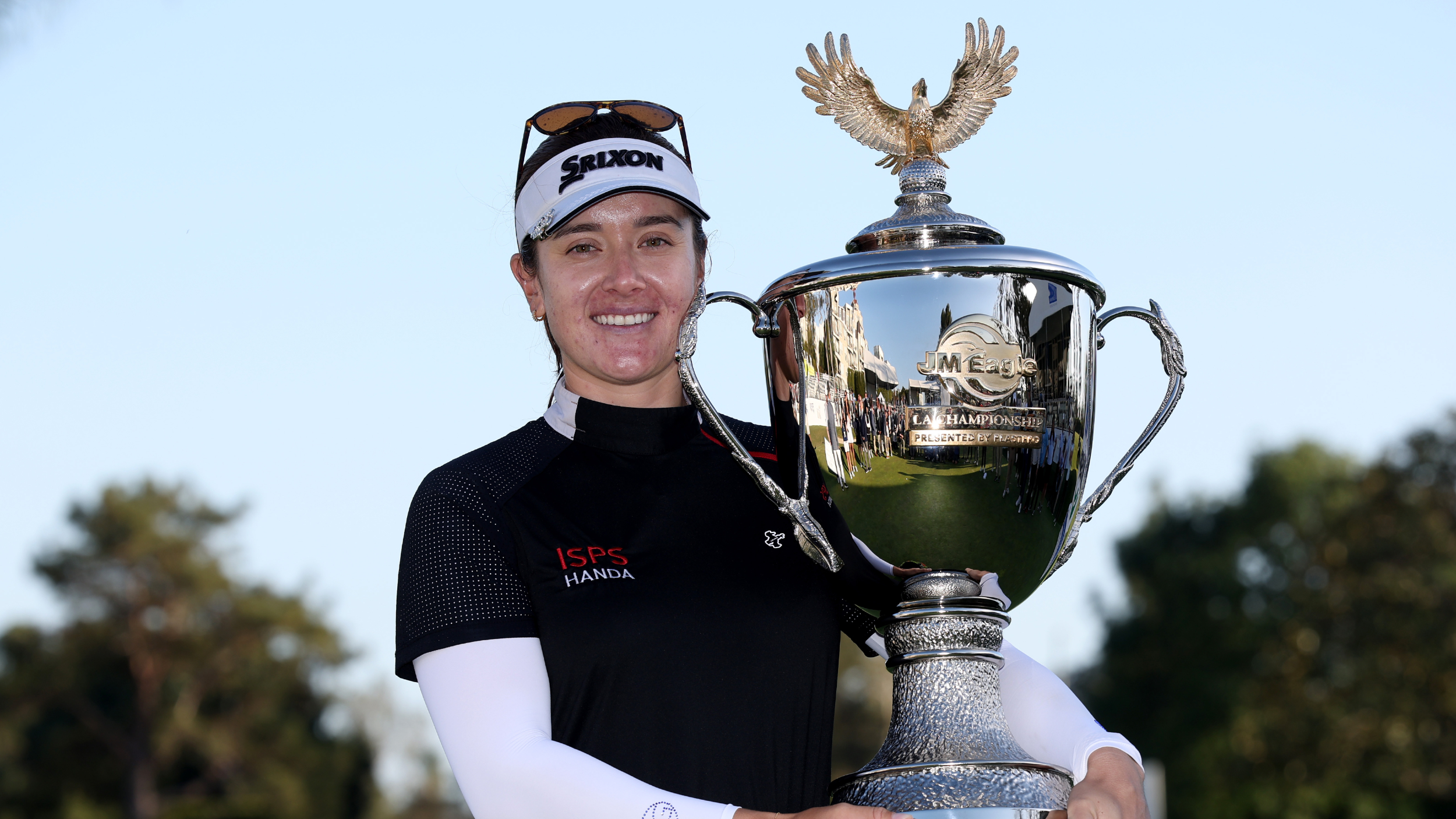 JM Eagle LA Championship Prize Money Payout 2025
JM Eagle LA Championship Prize Money Payout 2025The LPGA Tour heads to California for the JM Eagle LA Championship, where the largest prize money payout of the season so far is on the table
By Mike Hall
-
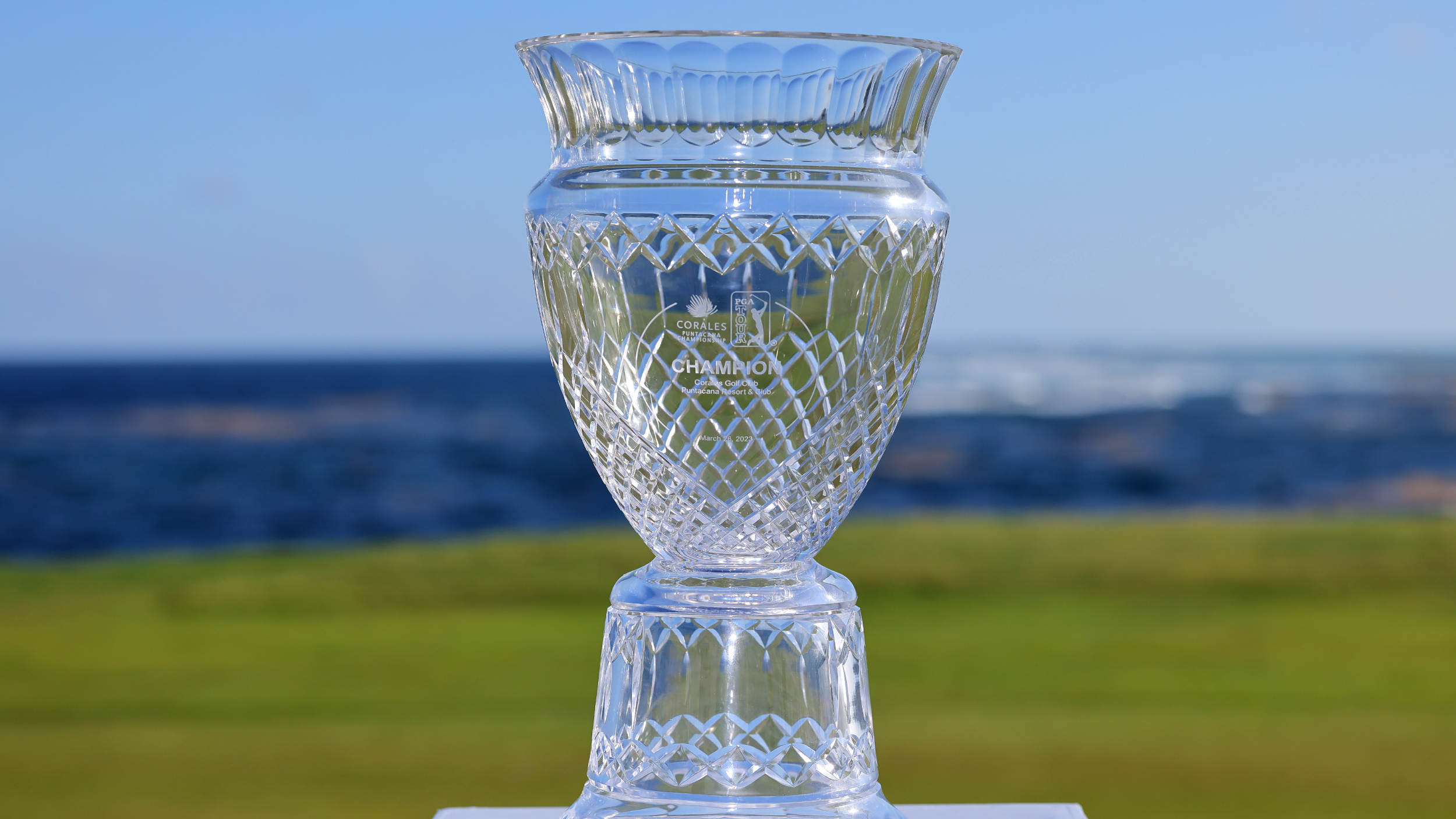 Corales Puntacana Championship Prize Money Payout 2025
Corales Puntacana Championship Prize Money Payout 2025The PGA Tour’s latest opposite field event features an attractive prize money payout and some former champions in the field
By Mike Hall
-
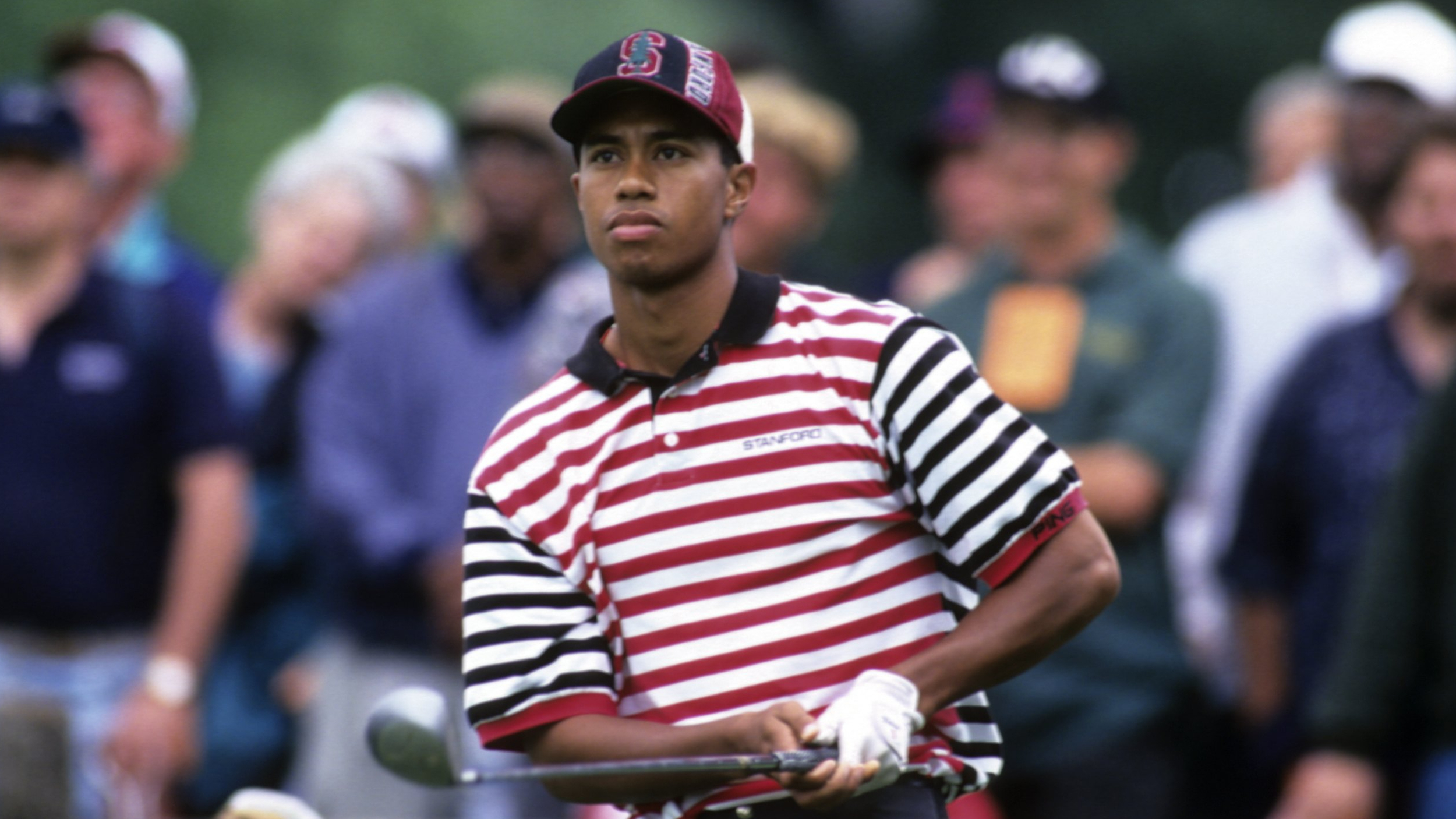 Where Did Tiger Woods Go To College?
Where Did Tiger Woods Go To College?Tiger Woods is arguably the greatest golfer of all time, but where did he go to college?
By Mike Hall
-
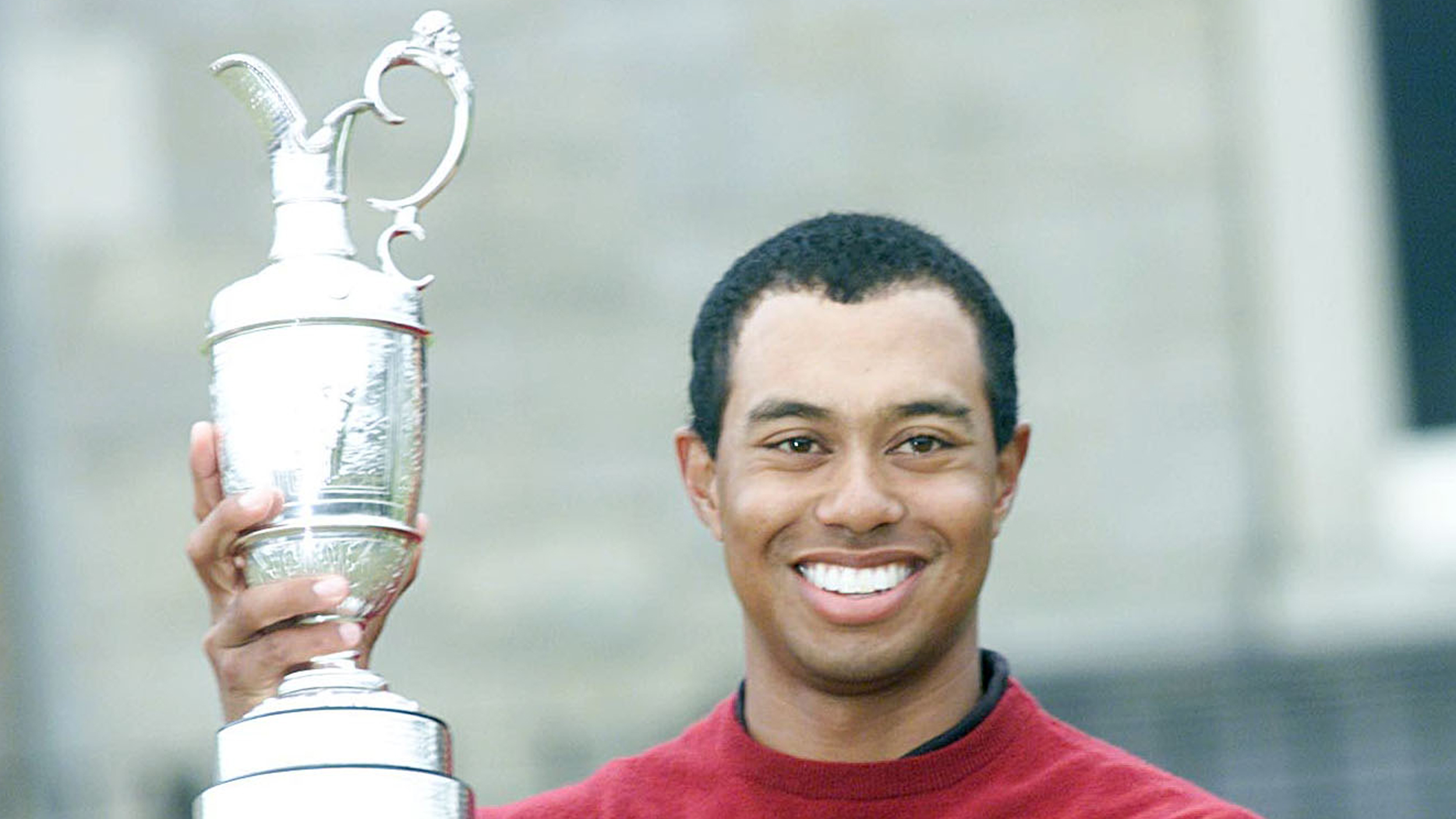 What Is Tiger Woods' Open Championship Record?
What Is Tiger Woods' Open Championship Record?We take a closer look at the 15-time Major winner's record at golf's oldest Major Championship
By Michael Weston
-
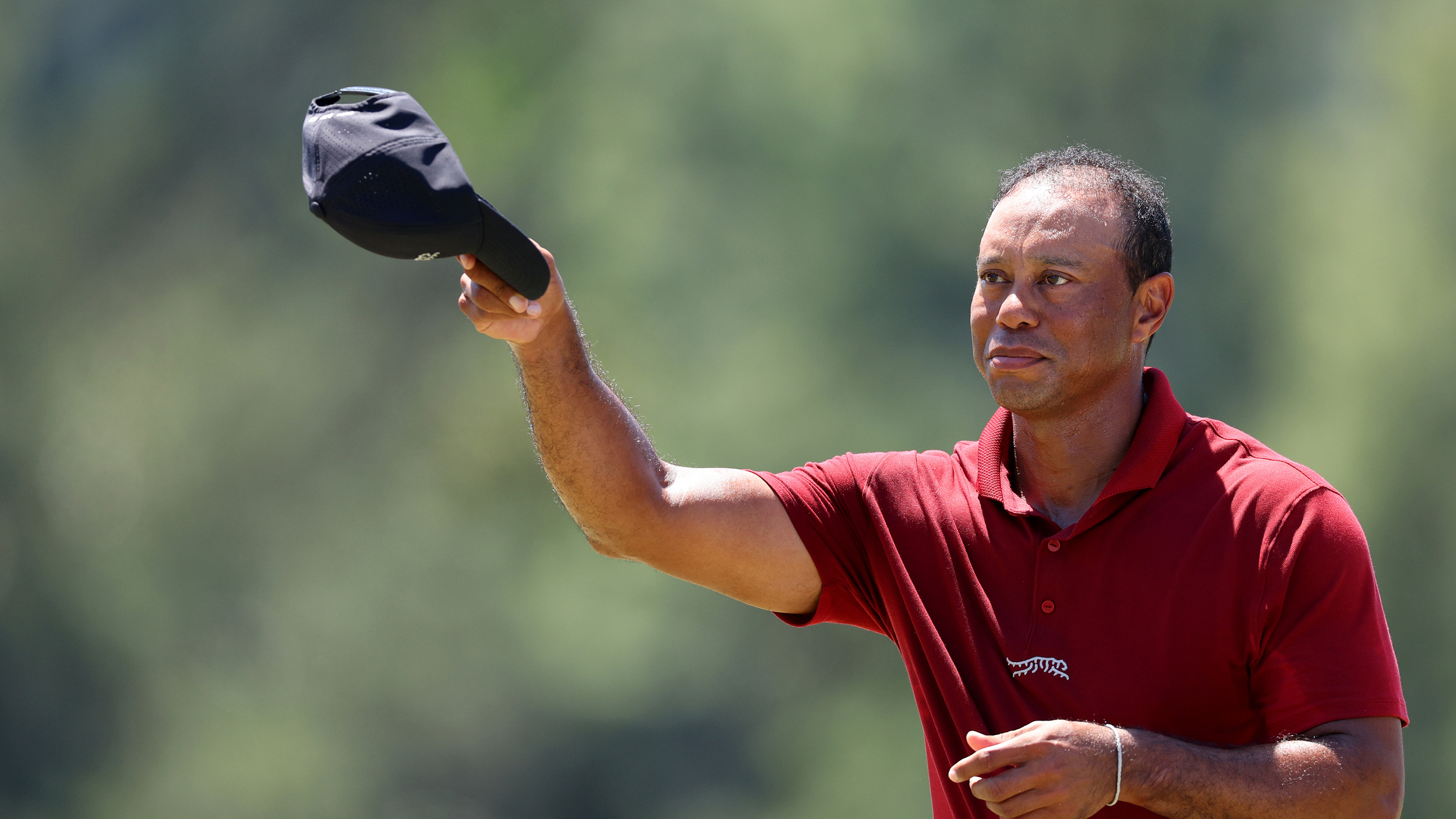 Why Tiger Woods’ Masters Week Was Actually A Huge Success
Why Tiger Woods’ Masters Week Was Actually A Huge SuccessWoods finished last at an event in which he made the cut for just the third time in his near-30-year pro career at The 2024 Masters - but looking at the result here is too short-sighted...
By Jonny Leighfield
-
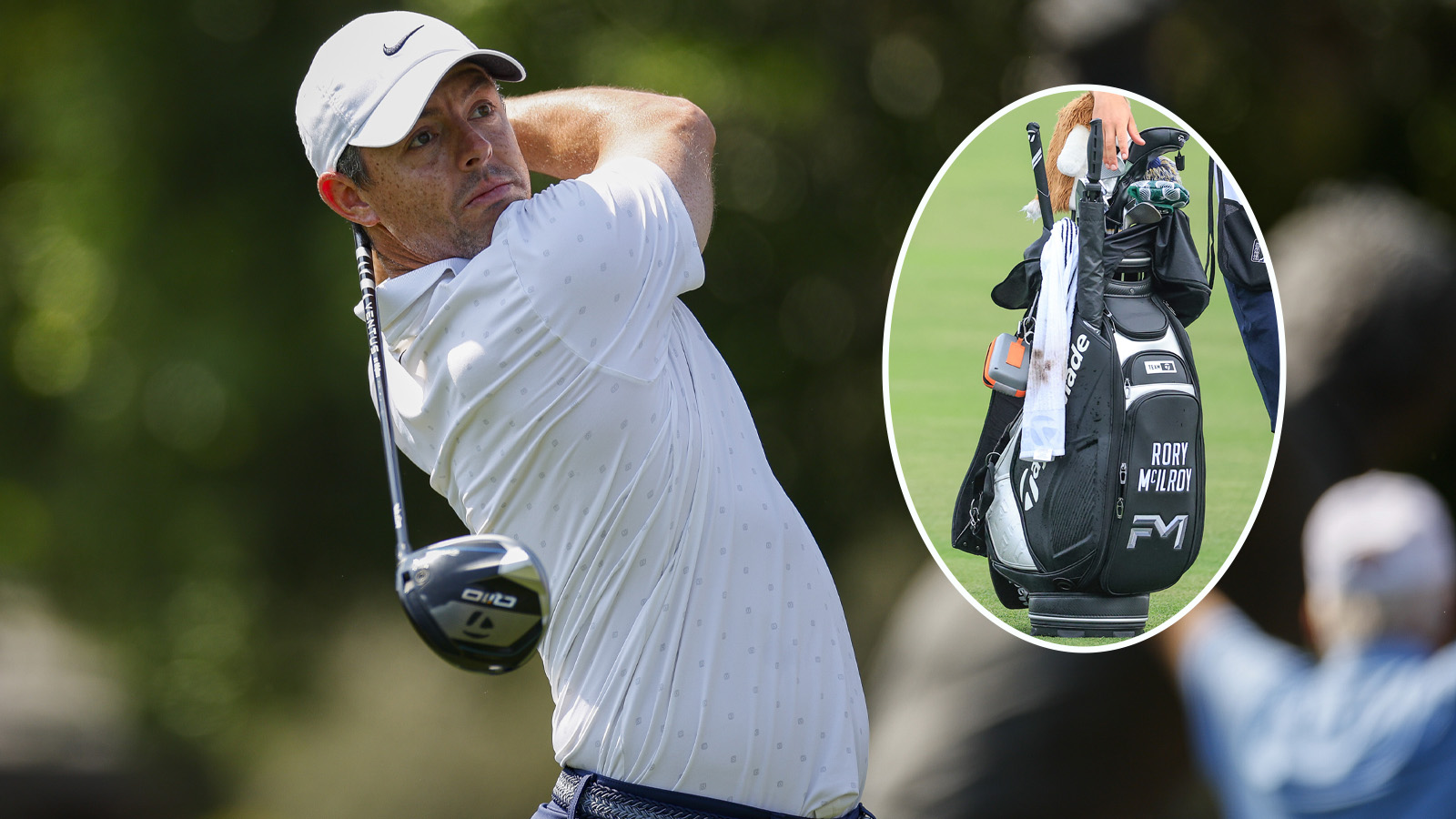 Rory McIlroy What’s In The Bag? 2025 Update
Rory McIlroy What’s In The Bag? 2025 UpdateWe take a look at the clubs the four-time major champion has in his bag for the 2025 season
By Sam De'Ath
-
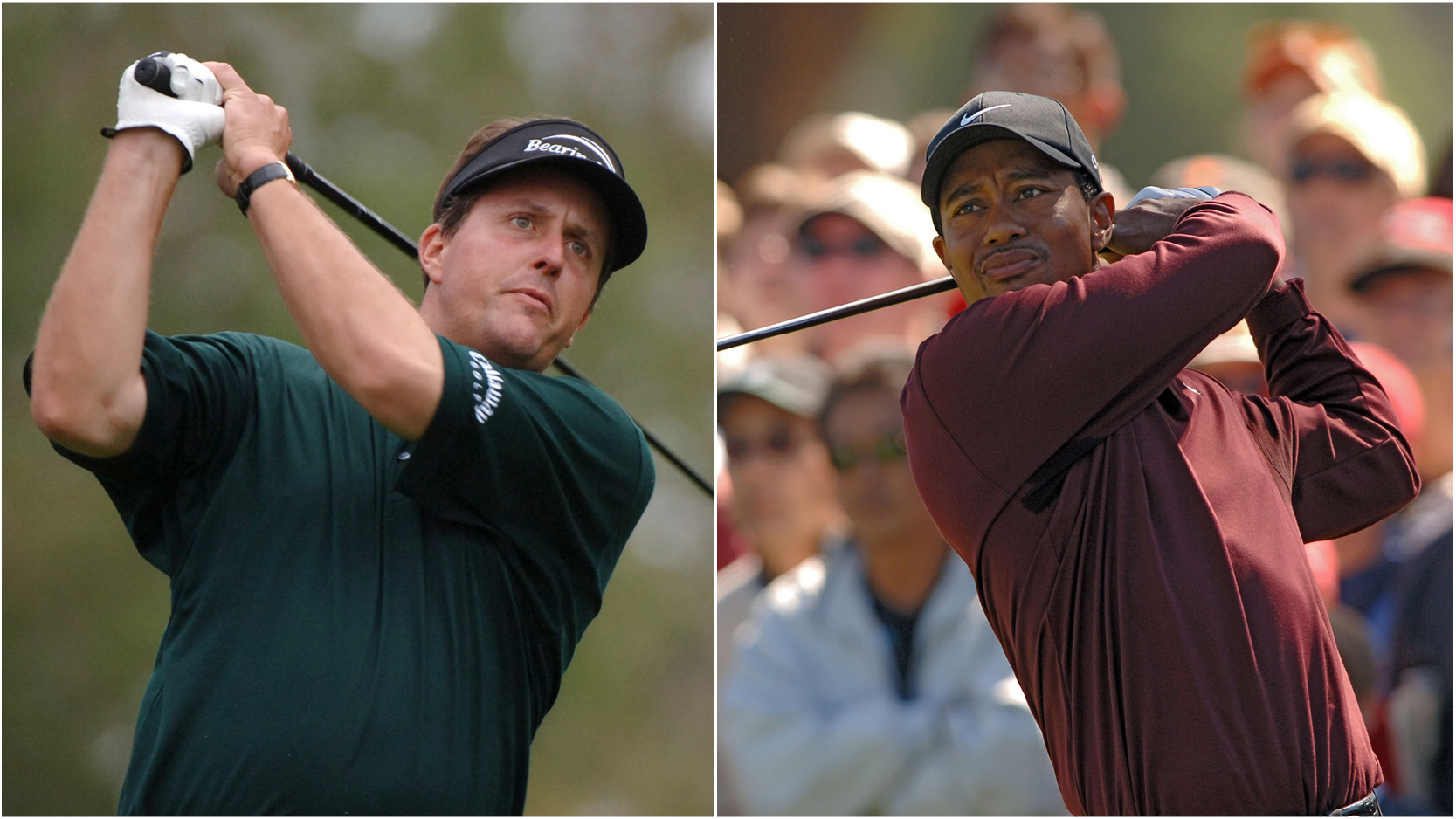 Who Hit It Further - Tiger Woods Or Phil Mickelson?
Who Hit It Further - Tiger Woods Or Phil Mickelson?Both Woods and Mickelson are considered greats of the game - but we look at who hit the ball further using average driving distances and their outright longest drives
By Jonny Leighfield
-
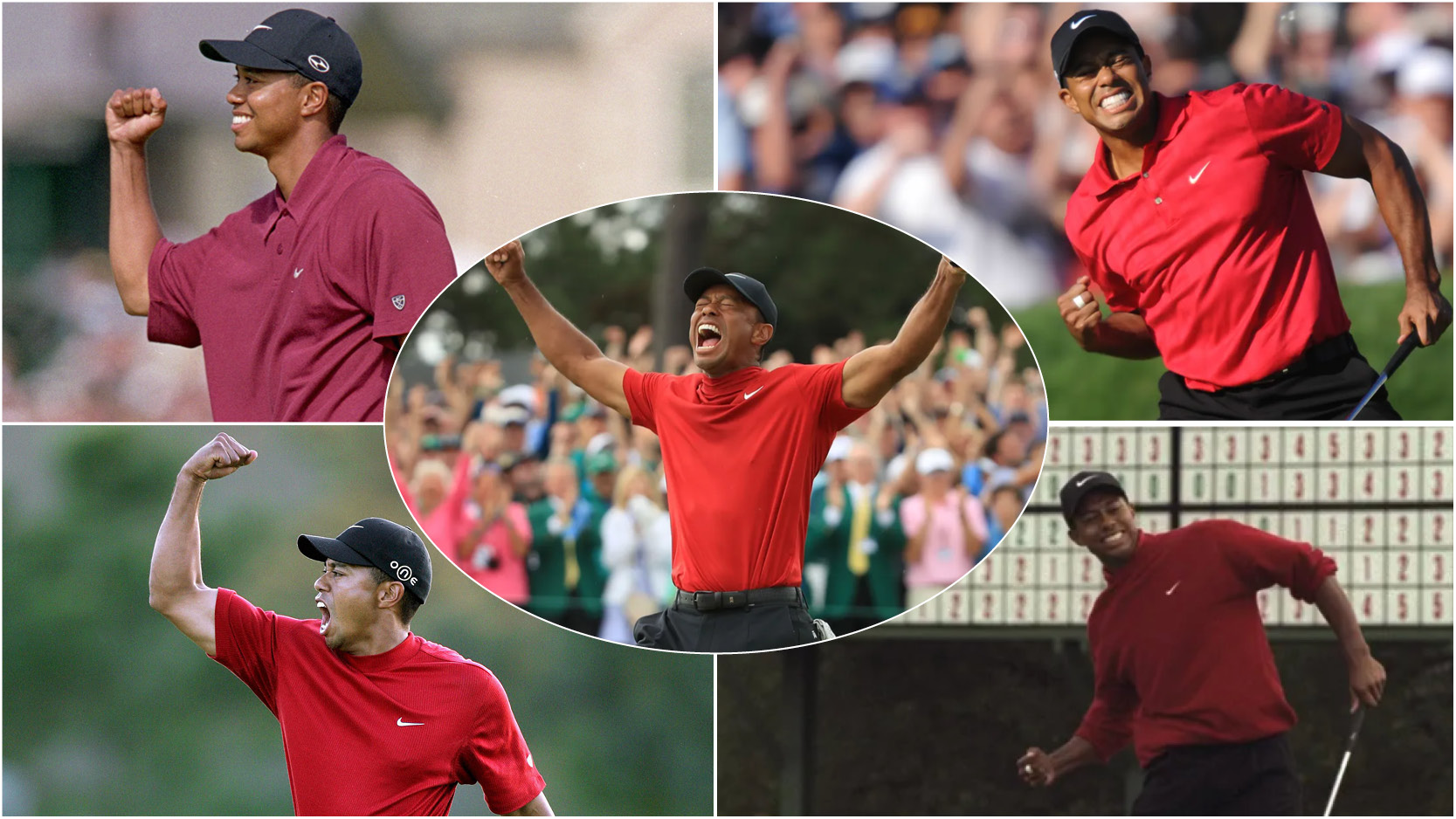 All 15 Of Tiger Woods' Major Wins
All 15 Of Tiger Woods' Major WinsWe take a look at Tiger Woods' 15 Major victories, a tally that only one man in history can beat
By Elliott Heath
-
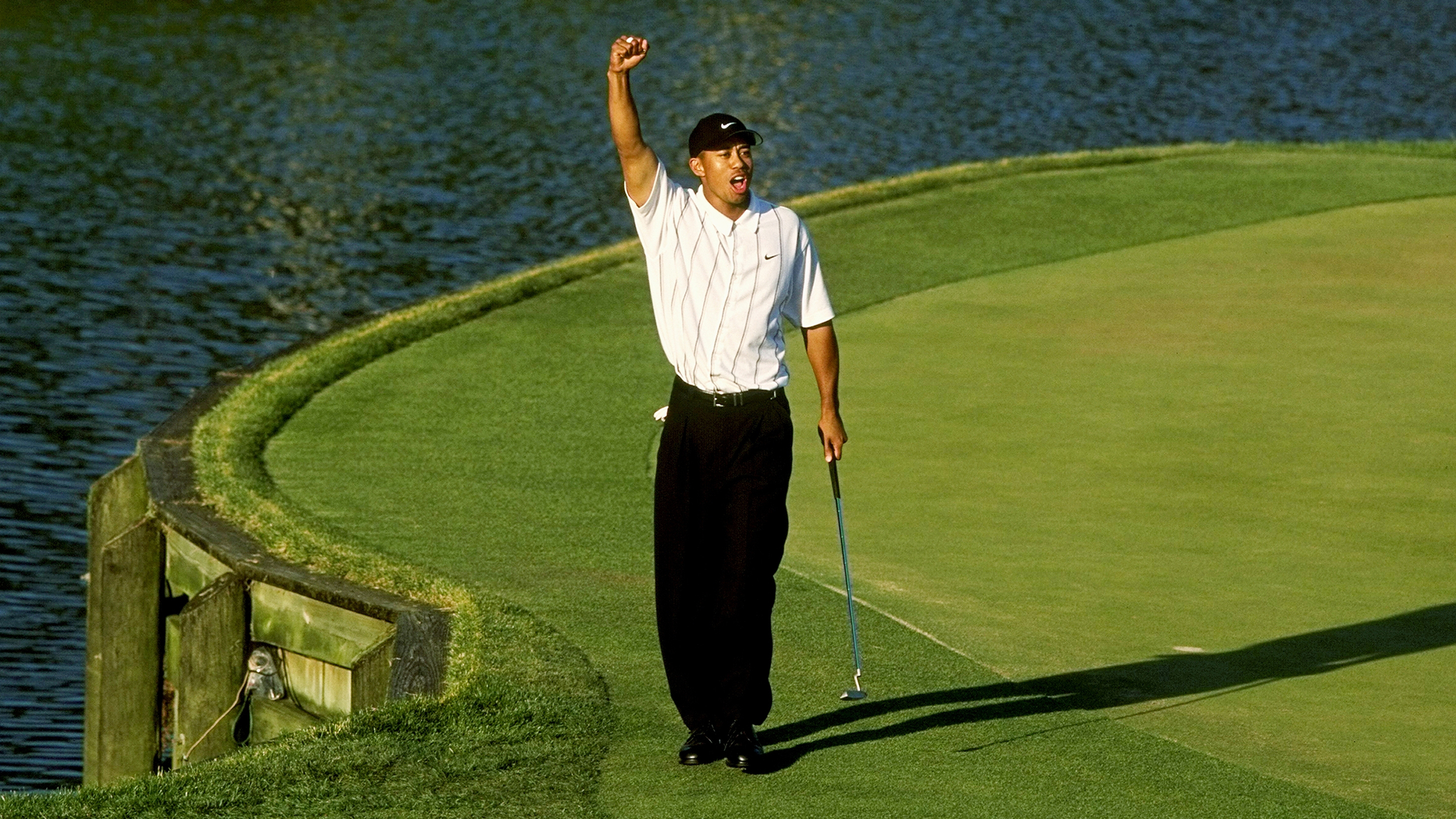 How Many Putts Per Round Did Tiger Woods Have In His Prime?
How Many Putts Per Round Did Tiger Woods Have In His Prime?How much of the 15-time Major winner's success was built on his ability with the putter? We've looked into the numbers to find out...
By Jonny Leighfield
-
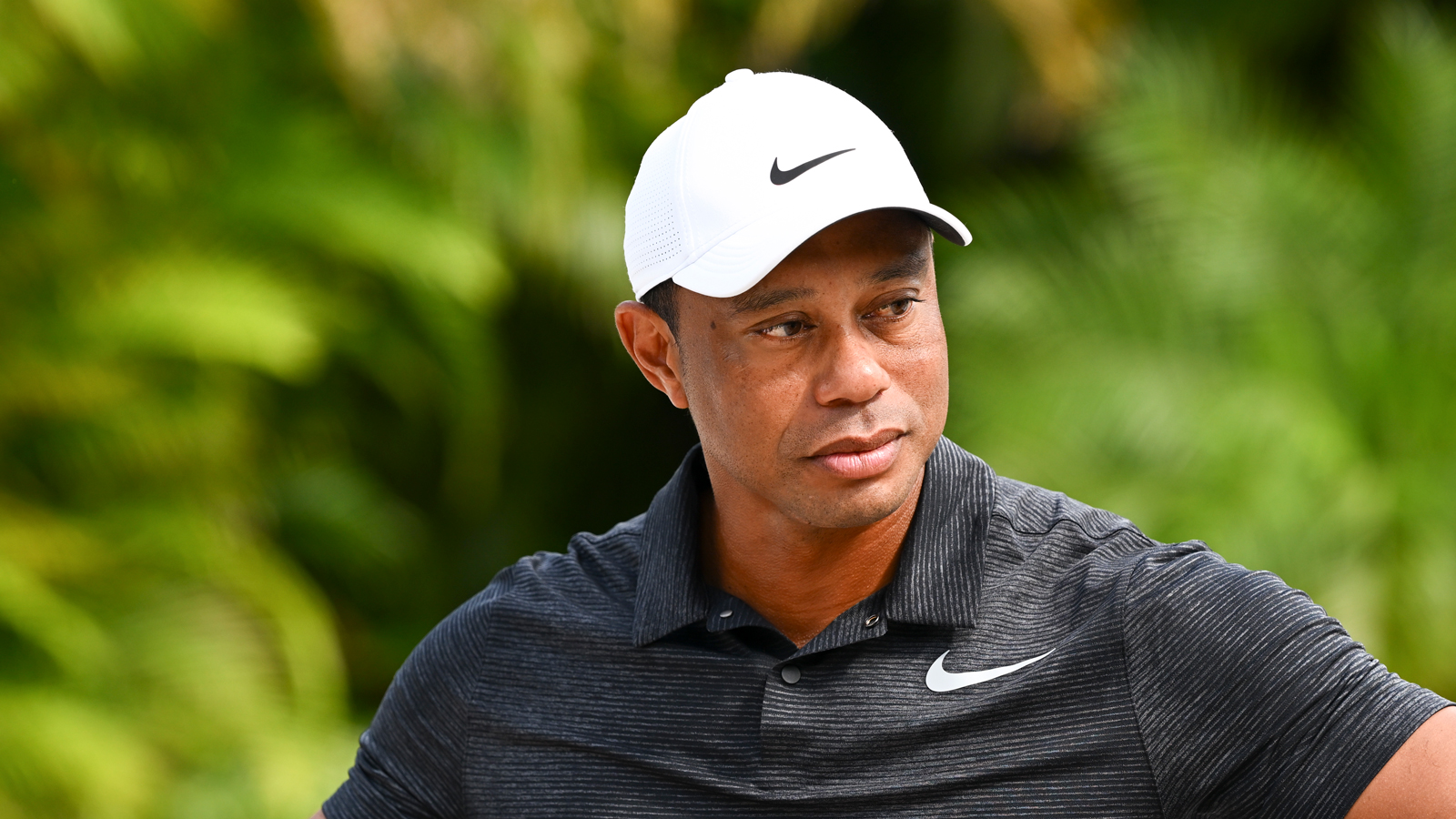 Tiger Woods In Line For Significant World-Rankings Jump At Hero World Challenge
Tiger Woods In Line For Significant World-Rankings Jump At Hero World ChallengeWoods could make a significant jump in the OWGR upon his professional comeback after seven months out
By Jonny Leighfield